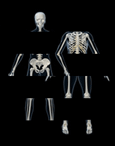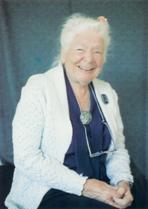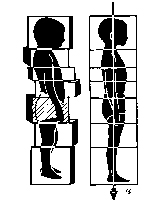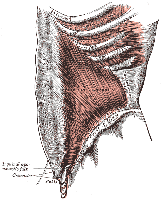
| Ida Rolf - The origin of Structural integration |
 |
 |
 |

The term Rolfing born from the method developed by Dr. Ida Pauline Rolf (1896-1979), German-born American biochemist, with Ph.d. from Columbia University. Was the result of 50 years of study and practice by Dr. Ida Pauline Rolf, whose legacy was continued with the work of people directly trained by it, culminating with the creation in 1971, the Rolf Institute of Structural Integration ", located in Boulder, Colorado, USA. Like almost all the great creations in the therapeutic field, the idea of Rolfing arises from an acute need. From the moment in which traditional medicine has failed to provide answers to the structural problem of the son, Ida Rolf began investigating and researching works that immediate function and structure: yoga, chiropractic, osteopathy. The Union between his investigations with his vast knowledge in the biomedical area, resulted the method that she called structural integration and his students as a tribute, called Rolfing. From his vision, the researcher has developed a series of physical manipulations that tackle the connective tissue as a means of spatial and functional organization of the human body, providing the body a greater degree of symmetry and gravitational alignment. Ida Rolf believed the meeting of science and art in the process of organizing the human structure. His eyes sought some kind of beauty and physical strength that emerged from the balance of the whole body in the relationship with gravity, what is known as the line of Rolfing or "Rolf Line". The discovery of the importance of the fascia by Dr. Ida Rolf, revolutionized thinking about the body. His vision and remarkable personality influenced many people who after his death continued to develop its work within the Rolf Institute ". Every muscle and every muscle fiber are involved by connective tissue called Fascia, which forms the tendons and ligaments in the extremities and muscles are responsible for muscle/bone connection and muscle/muscle connection. Currently it is known that the fascial tissue can be manipulated in order to adapt in a harmonious relationship with the adjacent parts of the body, because it responds directly to energy in the forms of pressure and heat. SCHEMA
|



